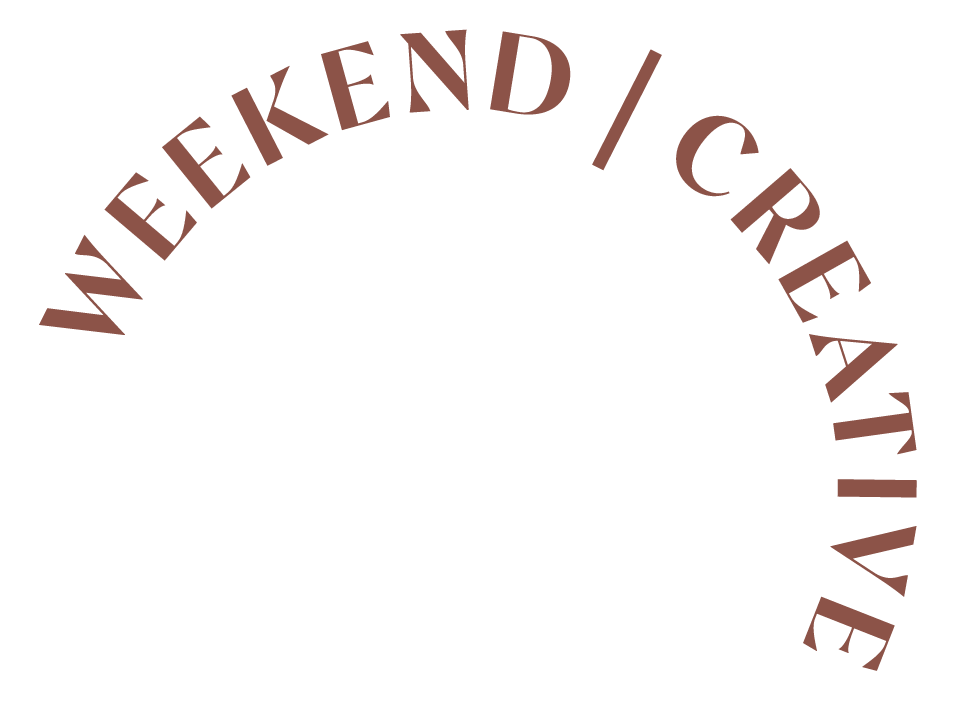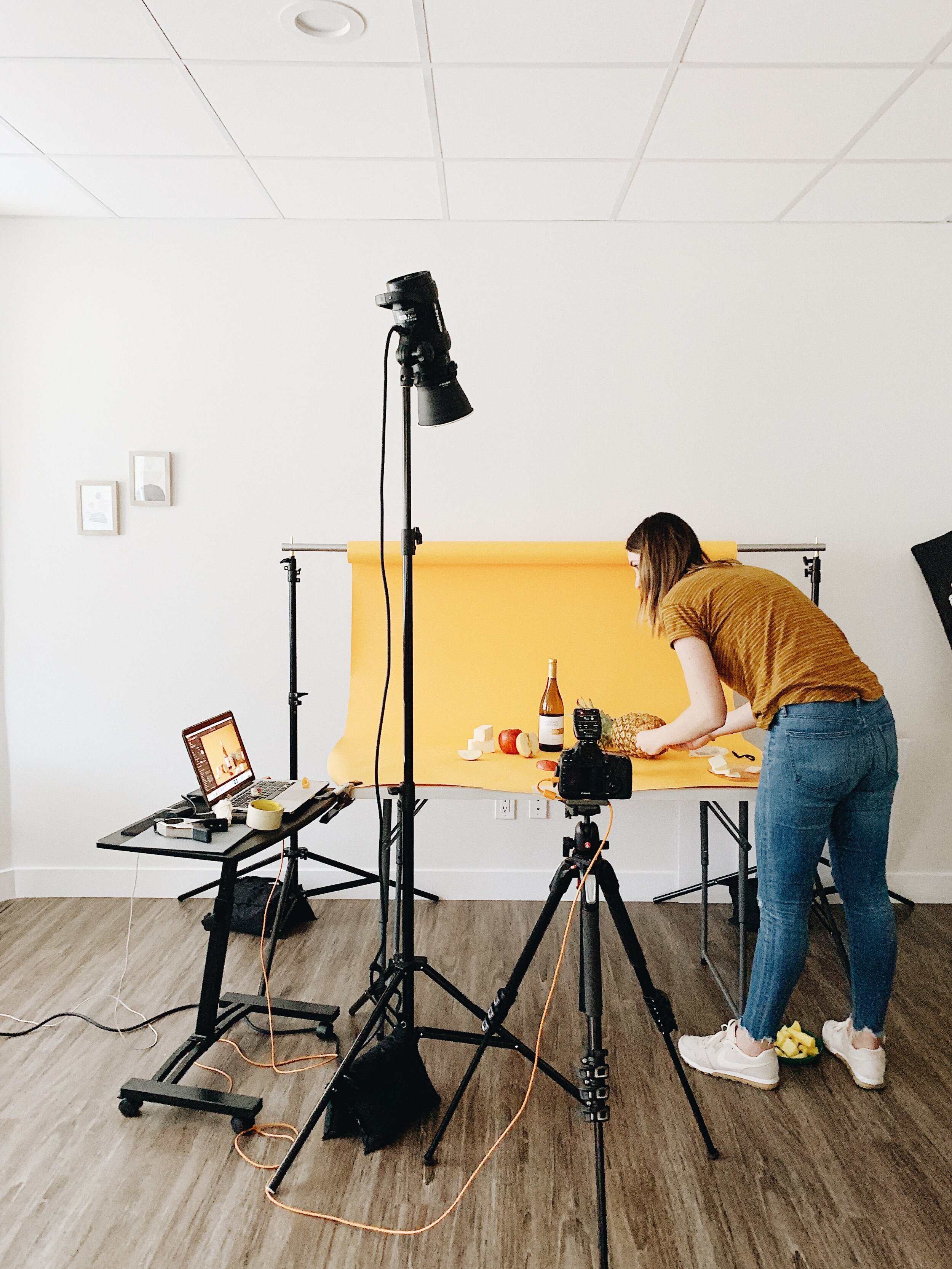Why We Can't Work Without Capture One
It’s crazy to realize that in just a couple of months, Elle and I will be celebrating 2 years of being in business. Over this period of time, we’ve learned so much about what it takes to run a photography agency. With every project, we’ve learned how to pitch ourselves to brands, better communicate with clients, make our own props, use new photography tools, and implement new editing techniques in post. There is such a huge difference in the work that we created when we first got started and the work we’ve made even in the past few months. It’s honestly really refreshing to look back just to see how far we’ve come. I’m so proud of all the progress we’ve made and look forward to seeing how we evolve in the future.
With that being said, I’d love to share one of our favorite photography tools that has completely transformed the way we do our work. I’m not exaggerating when I say it is a total game changer. Elle would 100% agree. I think one of her most used phrases this year was “Can you put it on live?” aside from “You can fix that in Photoshop right?” Lol! In all seriousness, this tool has been life changing for our workflow. We’ve been able to work more effectively and efficiently because of it. You may have heard of this program before but if you haven’t, I’d love to introduce you to Capture One.
This program actually brands itself as a photo editing software solution but the main (and only) reason we use it is for it’s incredible tethering capabilities. If you’re not familiar with tethering or shooting tethered, this post may be a little confusing but I’ll do my best to explain what it means. Shooting tethered is the process of connecting your camera to your laptop/computer via a USB cable and be able to instantly view the images you’re capturing using a tethering program. This process has saved so much time for us personally as product photographers because we’re able to view the images right away on our screen and can make all the necessary adjustments to achieve our final look.
When you’re not shooting tethered, you are typically relying on that small LCD screen to show you what you think you might be capturing. Later on when you go to upload those photos on Lightroom, you might come to find that there was smudges on your product, a weird wrinkle in the fabric, the focus may have been off, or the composition wasn’t totally correct. By shooting tethered and seeing your images clearly on a larger screen, you can be sure that you’re eliminating as many obstacles as you can during the shoot so you’re not stuck with more post processing than necessary.
We honestly don’t know life before Capture One. Thinking about it now makes me cringe because we most likely went about our shoots making adjustments based on that small screen on my camera and hoping for the best. Capture One was actually suggested to us by a client early last year because a previous photographer they worked with used it during their shoot. Naturally, we went ahead and purchased a yearly subscription not knowing how often we would be using the program. Little did we know, it would be the one thing that would completely change our photography lives forever. While learning the program took a bit of time, once we figured out how to work it, it was all smooth sailing after that.
Our favorite thing about Capture One that has dramatically changed the way we work is their Live View feature. This is Elle’s favorite tool. As an art director and stylist, this feature has enabled her to style and compose in the most efficient way possible. By being able to see a live view version of our work, she’s able to adjust and perfect the composition before even capturing the image. While using this feature, we’re also able to apply vertical and horizontal guides which helps us make sure our products and props are aligned in a harmonious way. Capture One also allows you to change the orientation of your view so that if you’re shooting vertically, you don’t have to worry about breaking your neck.
Another feature on Capture One that quickly became a favorite is the ability to upload or display a transparent overlay while on Live View. This has helped us on so many occasions with various clients who required specific dimensions for certain images. It is especially useful for composing an image that has to match a specific layout that may appear on a website or as a header on social media. See below for an example of an image we shot using the Overlay feature:
Using Capture One has not only been great for our overall process but clients who attend the shoots love being able to see everything as it’s being captured. It’s a great way for them to visualize what the final images may look like in terms of composition and prop styling. Clients can then approve images on set which eliminates that extra step in the process of having the client “select” images. We’ve also found this program to be especially useful whenever we’ve worked on larger shoots that include a larger crew overall. Hair stylists, MUA, and wardrobe stylists are able to see details on the screen and fix accordingly throughout the shoot.
I think our biggest challenge when learning to tether on Capture One was connectivity issues which we later realized had nothing to do with Capture One. I had Canon EOS Utility, a Canon software application that works to communicate with your camera, installed on my laptop which was kind of a nightmare. Essentially, every time I connected my camera, EOS Utility would automatically pop up and would fight with Capture One over the control of my DSLR. I remember being really frustrated and wanting to almost give up on using Capture One. It was even worse when these problems occurred during actual client shoots because I would have to repeatedly disconnect and reconnect my camera to get it to work. It was really strange and I ended up doing quite a bit of research to try to figure out what was going on. Once I realized that Canon EOS Utility was the problem, I quickly uninstalled it and everything was perfect after that. Aside from those weird connectivity issues at the beginning, Capture One has been a total breeze. It is fast, reliable, and so easy to work with.
Pro Tip: When tethering, be sure to remove any CF or SD memory cards from your DSLR because they can disrupt the connection between Capture One and your camera.
Overall, we are so impressed by this program and it has truly changed our whole photography process for the better. We went from buying a yearly subscription to actually purchasing a perpetual license for Capture One 12. We were using it so often last year that it didn’t make sense for us to pay another $180 for the yearly subscription when we could just purchase a license to use it forever for $299. While this program isn’t cheap, it has been one of the best investments we’ve ever made as a photography business. We would not be able to do the type of work we do without it. I hope you’ve found this post useful and let us know if you’re thinking about using this program in the future for your type of photography work.
Is it the weekend yet?
Arabela







